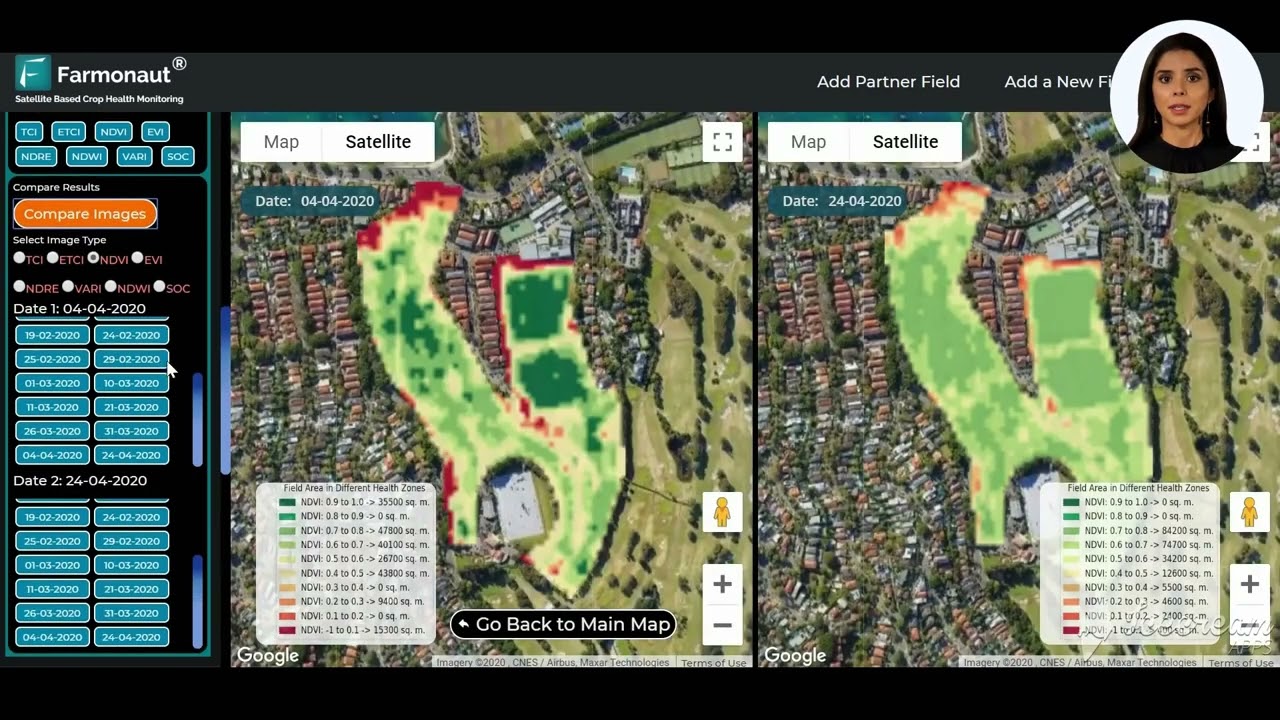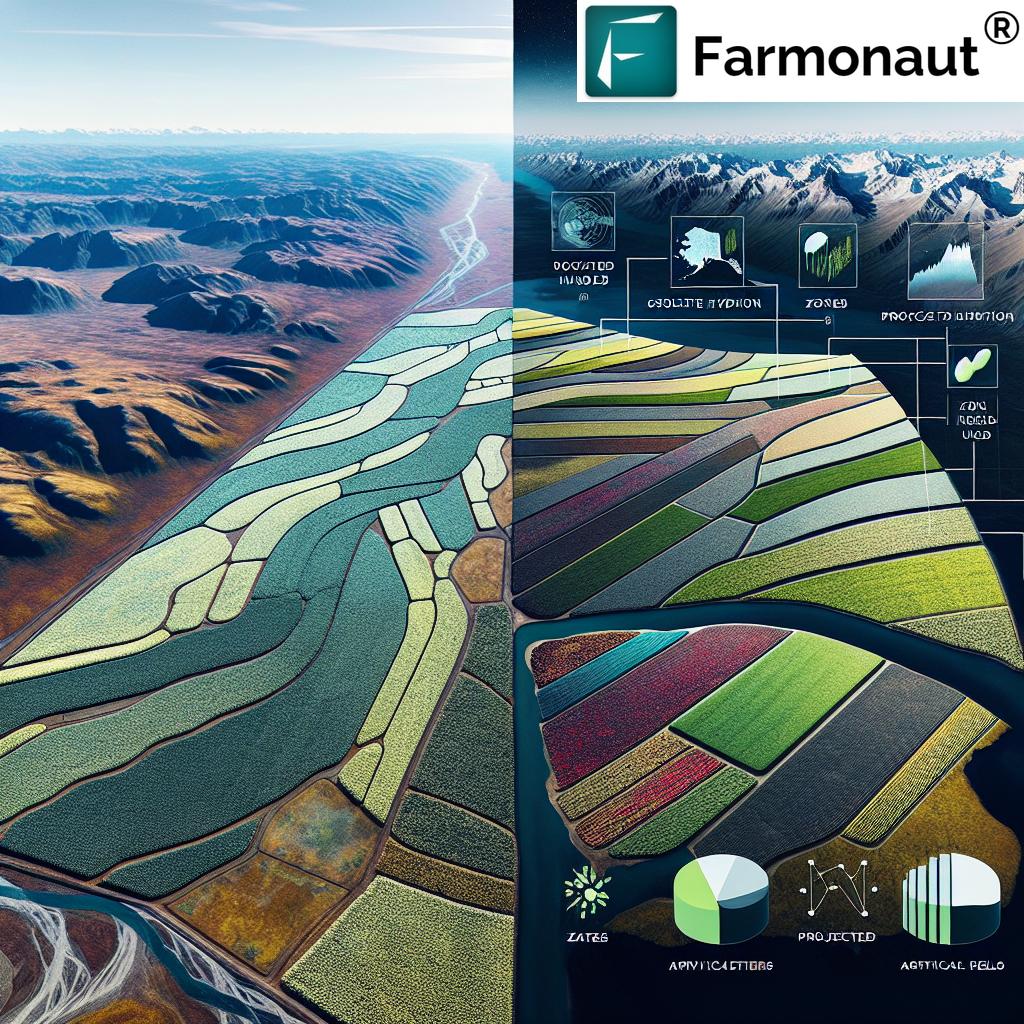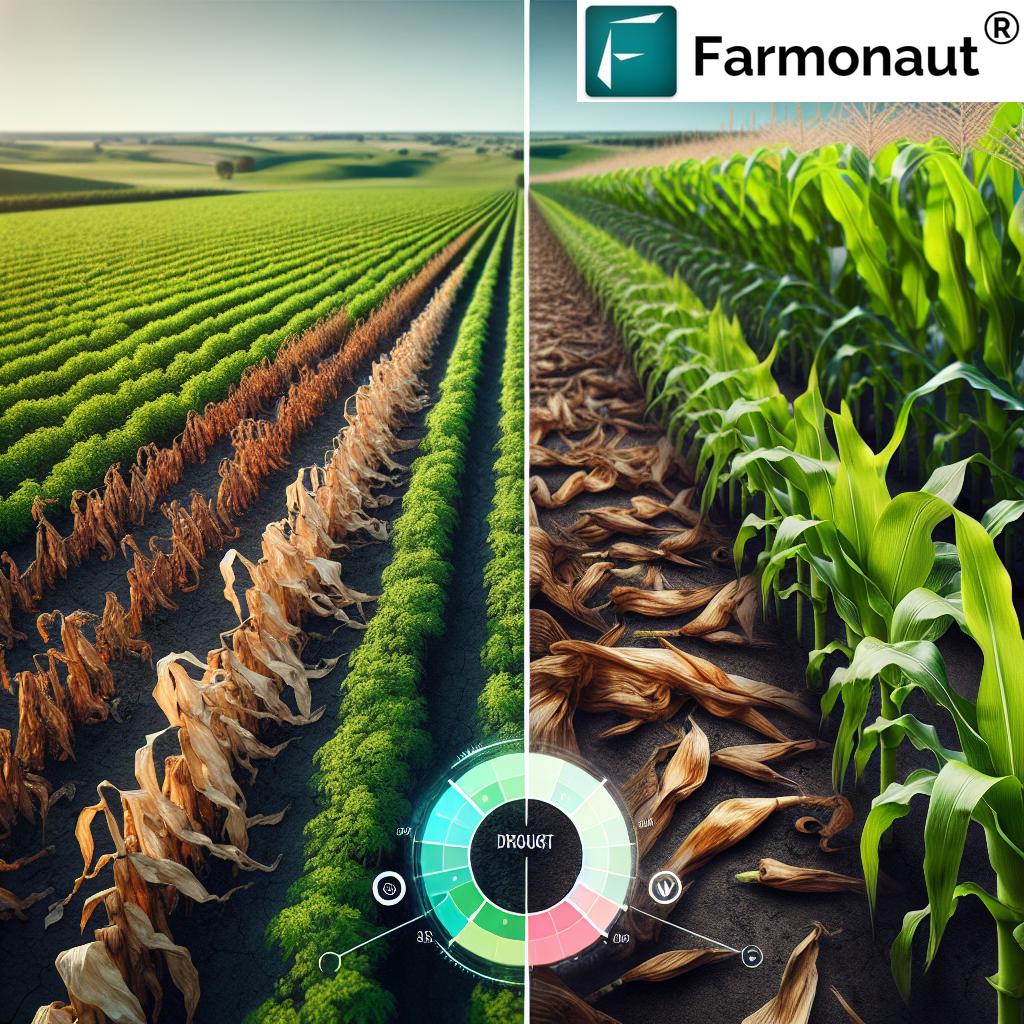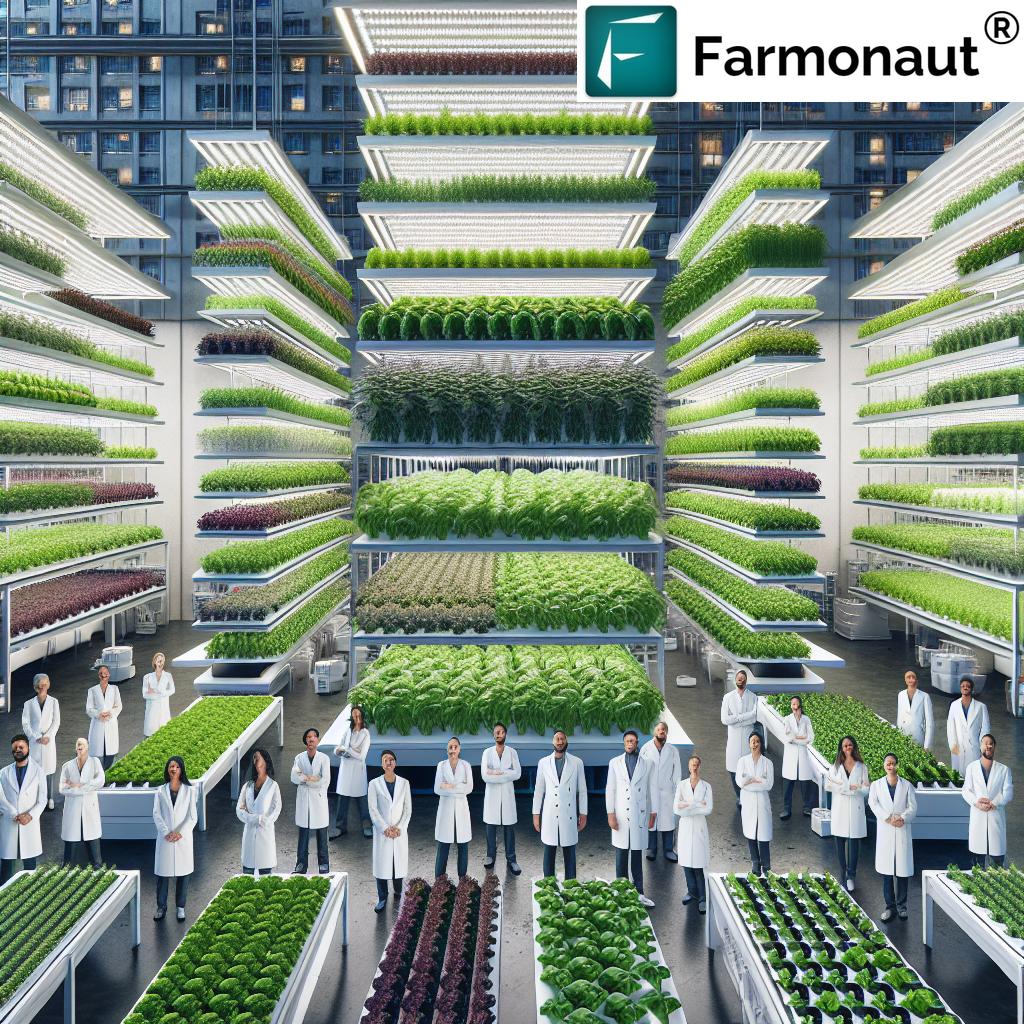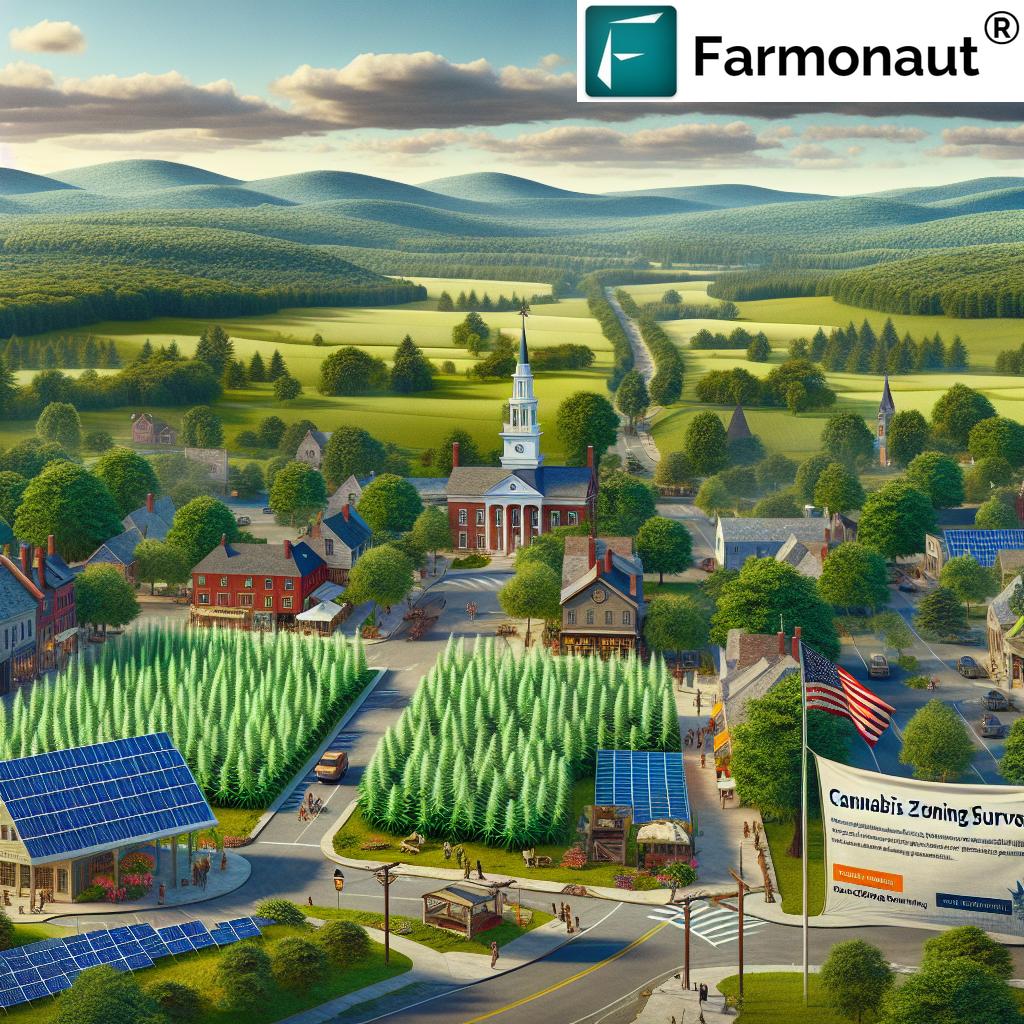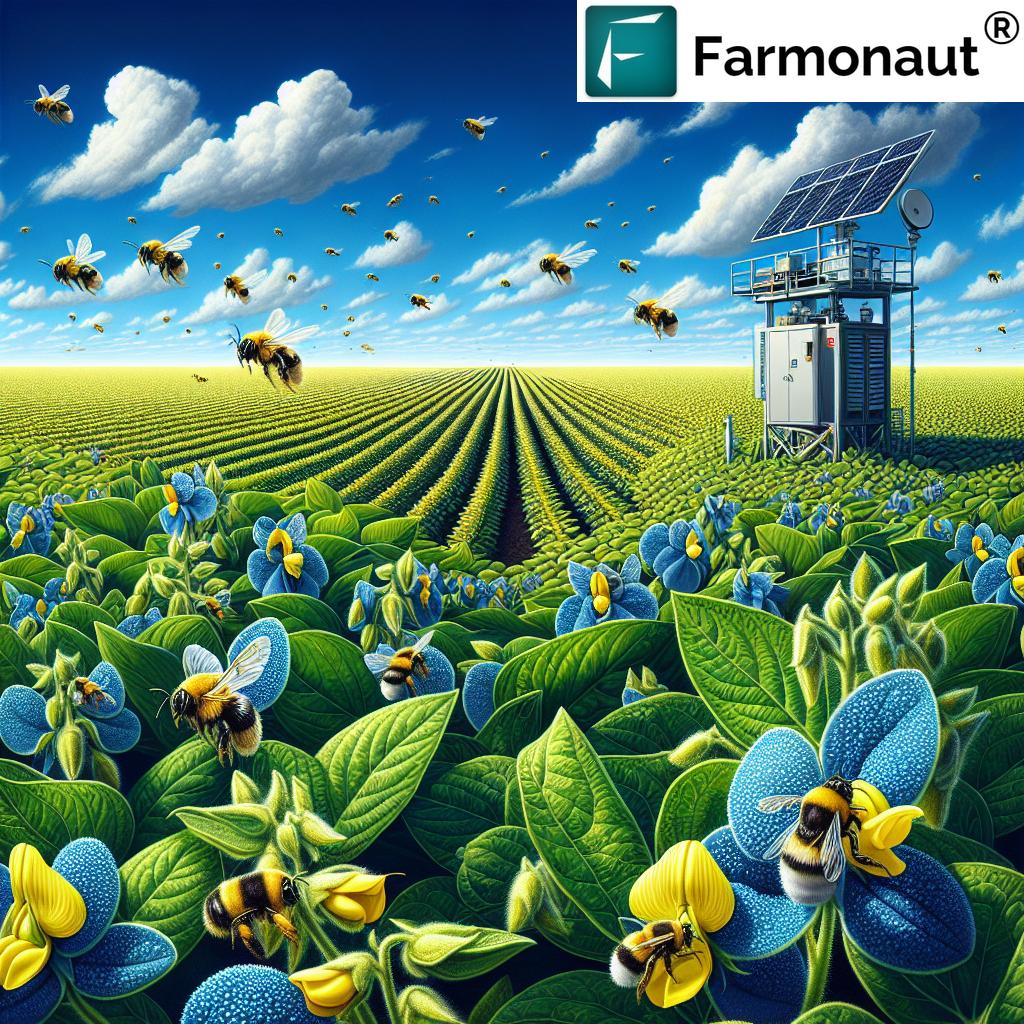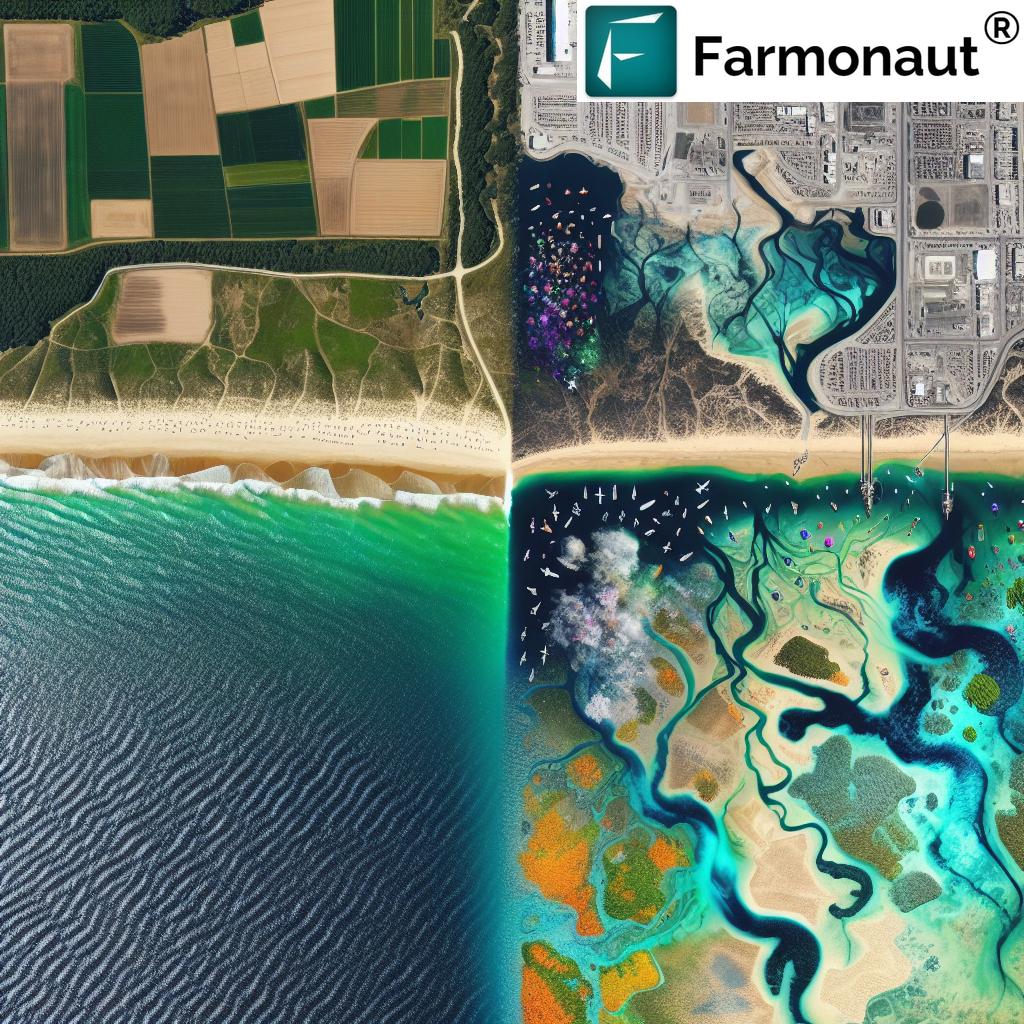Unveiling Chicago’s Art Revolution: Abstract Painting Meets Social Justice on the South Side
“Chicago’s South Side art scene inspired a groundbreaking blue pigment, connecting urban creativity with Alabama soil.”
“Abstract painting techniques in Chicago blend over 100 years of art history with modern social justice themes.”
In the vibrant heart of Chicago’s South Side, a revolution in abstract painting is unfolding, intertwining the threads of modern art, social justice, and the rich tapestry of American history. As we delve into this fascinating world, we’ll explore how innovative painting materials and abstract painting techniques are reshaping the landscape of contemporary art, with a particular focus on a groundbreaking blue pigment that’s captivating the art world.
The Birth of a Blue Revolution
Our journey begins in the studio of Amanda Williams, an abstract painter and architect whose work is redefining the boundaries of color theory in contemporary art. On a chilly winter’s day, Williams stood before her canvas, mesmerized by a dark blue form that had materialized overnight. This spectral figure, hunched and bent, seemed to emerge not just from the paint, but from the very soil it was created from – Alabama’s iron-rich earth, shipped to Chicago in buckets.
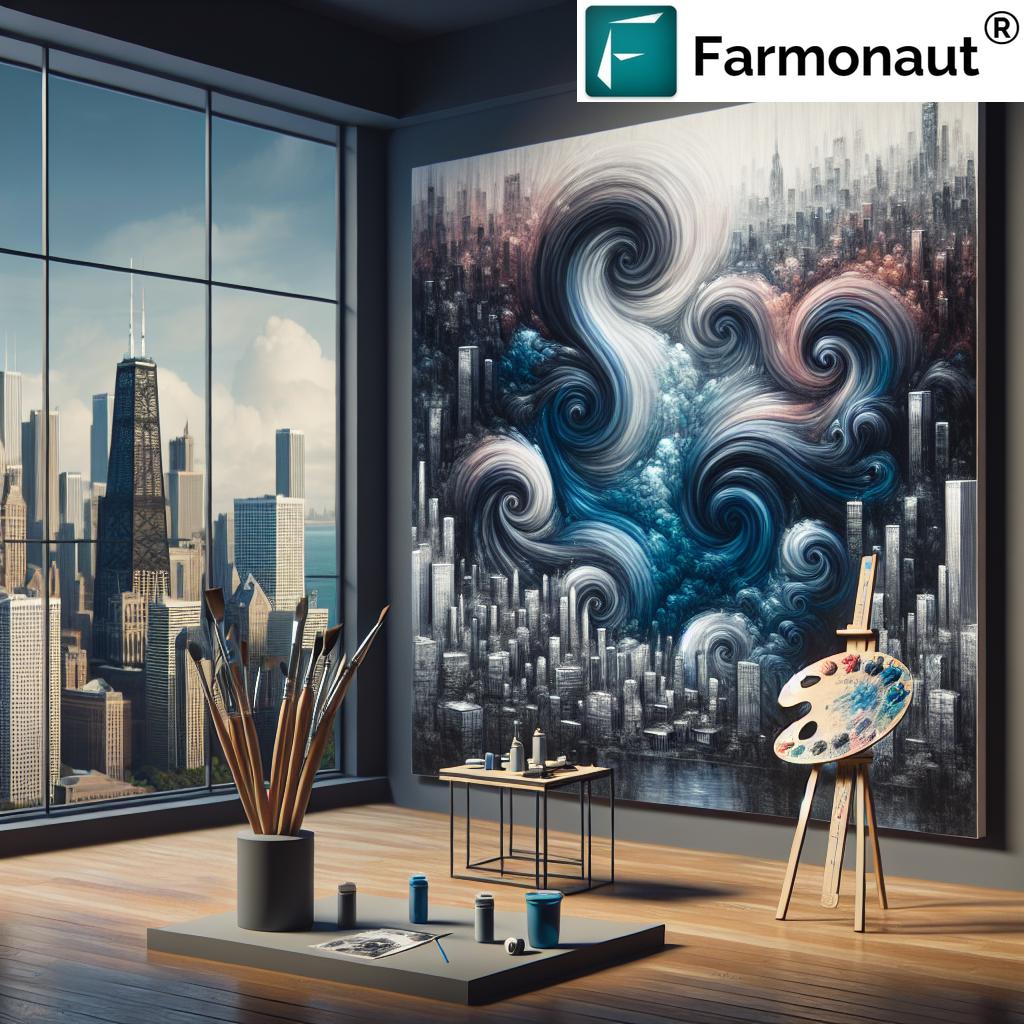
This haunting image is just one of 20 new paintings and 10 collages featured in Williams’ exhibition “Run Together and Look Ugly After the First Rain” at Casey Kaplan Gallery in New York. At the heart of these works lies a deep, midnight blue – a pigment that took Williams and two material science labs three years to develop, or more accurately, to recreate.
Tracing the Roots: George Washington Carver’s Blue Legacy
The story of this remarkable blue pigment takes us back to the early 20th century and the workshop of George Washington Carver. Known primarily for his research on peanuts, Carver was also an amateur painter who developed and patented his own pigments. Among these was a Prussian blue, created from the Alabama soil worked by Black farmers at the turn of the century.
Williams discovered Carver’s blue while researching Black inventors’ patents for her 2021 multimedia installation on Black ingenuity. This discovery sparked a journey that would lead her to recreate Carver’s innovative painting material, bridging the gap between historical innovation and contemporary art.
From Patent to Palette: The Recreation Process
Recreating Carver’s blue was no simple task. The patent, while indicative of Carver’s expertise, was intentionally vague. Williams, recognizing the complexity of the project, sought help from the University of Chicago. With the support of the university’s president, Paul Alivisatos, a distinguished chemist, Williams gained access to laboratory resources to bring Carver’s blue to life.
After a summer of experimentation, student researchers successfully produced a small batch of the pigment. To scale up production for her paintings, Williams turned to Kremer Pigments Inc., where founder Georg Kremer modified the recipe to produce 100 pounds of powder pigment.
The Intersection of Art and Social Justice
Williams’ work goes beyond mere recreation of a historical pigment. Her art explores the propagandistic power of color, using it to transform fraught histories into expressions of joy and resilience. This approach places her at the forefront of modern art’s intersection with social justice, a theme that resonates strongly in Chicago’s art scene.
Growing up on Chicago’s South Side, Williams was acutely aware of how space and infrastructure dictate opportunities for different communities. This awareness has profoundly influenced her work, leading to projects that address issues of inequity and urban development.
Color(ed) Theory: Reimagining Urban Spaces
In 2015, Williams embarked on her “Color(ed) Theory” project, coating eight houses scheduled for demolition on Chicago’s South Side in bold, culturally significant colors. This project not only highlighted the vibrancy of Black culture but also drew attention to issues of urban decay and redevelopment.
Williams’ work continued to evolve, addressing historical injustices through art. In 2022, her “Redefining Redlining” installation saw 100,000 red tulips planted across vacant Chicago lots, tracing the former boundaries of discriminatory home lending policies. This powerful piece exemplifies how modern art and social justice themes can intersect to create impactful, thought-provoking works.
The Evolution of Blue Pigment in Abstract Art
| Time Period | Notable Artist/Movement | Blue Pigment Used | Artistic Technique | Social/Cultural Impact |
|---|---|---|---|---|
| Early 20th Century | George Washington Carver | Prussian Blue (from Alabama soil) | DIY pigment creation | Empowerment of Black farmers through art |
| 1940s-1950s | Yves Klein | International Klein Blue (IKB) | Monochromatic abstractions | Challenged perceptions of color in art |
| 1960s-1970s | Color Field Painters | Various synthetic blues | Large-scale color field paintings | Exploration of color’s emotional impact |
| 1980s-1990s | Neo-Expressionists | Mixed blues, often with raw pigments | Gestural, emotive brushwork | Reconnection with painting’s expressive potential |
| 2000s-2010s | Digital and New Media Artists | Digital blues, light-based installations | Technology-driven color manipulation | Bridging traditional and digital art forms |
| 2020s | Amanda Williams | “Amanda Carver Blue” (inspired by Carver) | Abstract paintings with historical pigments | Addressing social justice through color and history |
The Power of Color in Contemporary Art
Williams’ understanding of color goes beyond the aesthetic. As Michelle Kuo, chief curator at large and publisher at MoMA, notes, “Amanda understands color tactically, strategically and historically. She’s not just using it for its visual impact, but to map out ideas of place, memory and Black culture.”
This approach to color theory in contemporary art is revolutionizing how we think about the medium. By infusing her work with historical significance and social commentary, Williams is creating a new language of abstract painting that speaks to both the past and the present.
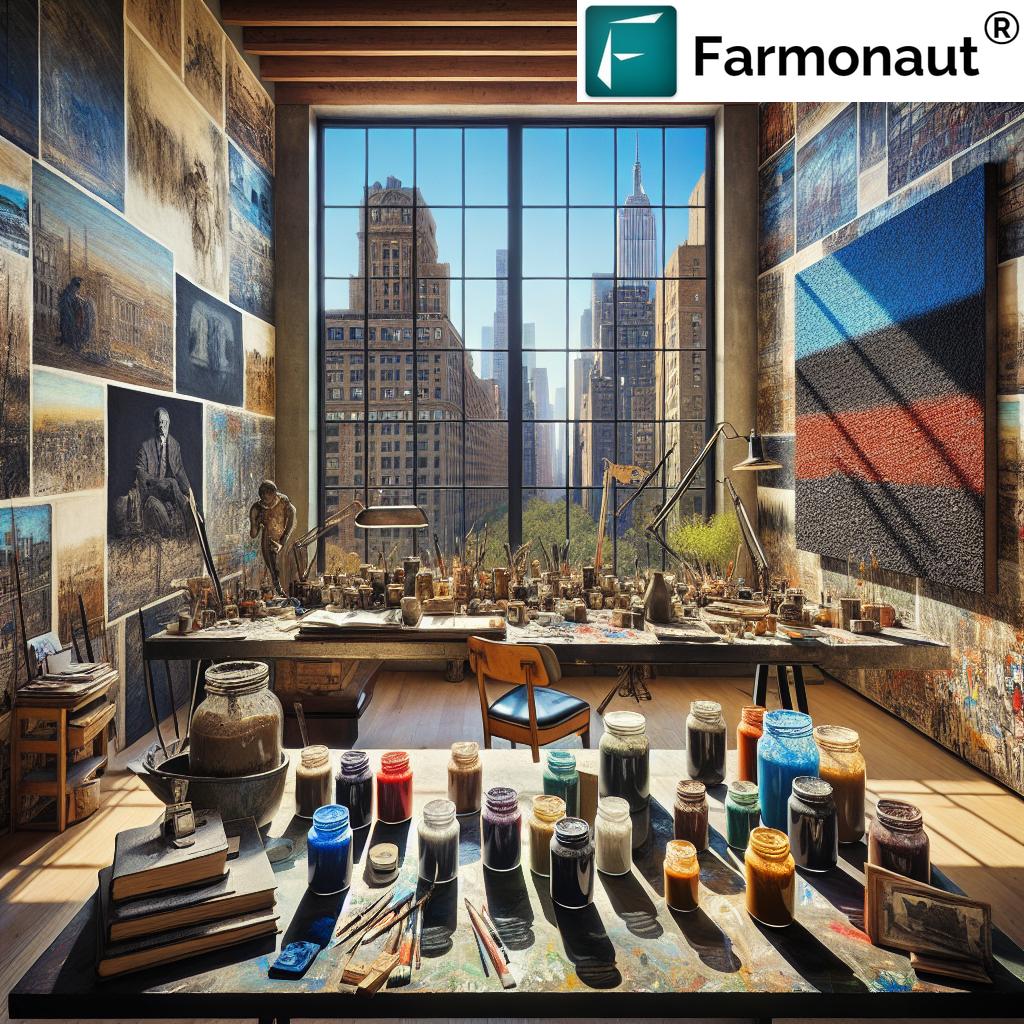
Bridging Past and Present: The Significance of Carver’s Blue
The recreation of Carver’s blue pigment is more than just a technical achievement. It represents a bridge between past and present, highlighting the often-overlooked contributions of Black inventors and artists to the world of modern art. Williams’ work with this pigment raises important questions about whose innovations are celebrated and whose are forgotten in the annals of art history.
By bringing Carver’s blue into the contemporary art world, Williams is not only paying homage to a forgotten chapter of American creativity but also reimagining its potential for the future. Her work demonstrates how innovative painting materials can be used to address modern social issues while honoring historical legacies.
The Process: From Soil to Canvas
In her studio, Williams’ process with the recreated Prussian blue is both precise and fluid. She layers, dilutes, and pours the paint, allowing it to crack, pool, and bleed across the canvas. This technique results in works that are neither fully figurative nor entirely abstract, but exist in a compelling in-between space.
The resulting paintings, with evocative titles like “Historical Elisions, Gap for Blue” and “Blue Smells Like We Been Outside,” produce their own ghosts – forms that suggest torsos, landscapes, rivers, or veins. This anthropomorphic quality adds another layer of depth to Williams’ work, inviting viewers to see not just color and form, but echoes of human experience and history.
The Impact on Chicago’s Art Scene
Williams’ work is having a profound impact on Chicago’s art scene, particularly on the South Side. Her innovative approach to abstract painting techniques is inspiring a new generation of artists to explore the intersection of art, history, and social justice. The use of locally sourced materials, like the Alabama soil, is encouraging artists to think about the connection between their work and the physical environment it comes from.
Moreover, Williams’ success is drawing attention to the vibrant artistic community on Chicago’s South Side, challenging preconceived notions about where great art can emerge from. This increased visibility is not only benefiting individual artists but is also contributing to the revitalization of neighborhoods through art.
Beyond Chicago: The Wider Influence
The influence of Williams’ work extends far beyond Chicago. Her exhibitions in New York, Los Angeles, and at the Venice Biennale have brought her unique approach to color and social commentary to a global audience. This exposure is helping to reshape conversations about the role of abstract art in addressing contemporary issues.
Furthermore, Williams’ work is contributing to a broader reevaluation of art history, encouraging curators and historians to look more closely at overlooked innovators like George Washington Carver. This shift in perspective is leading to more inclusive and diverse narratives in the art world.
The Future of Abstract Painting and Social Justice
As we look to the future, Williams’ work points to exciting possibilities for the continued evolution of abstract painting and its role in social justice movements. By demonstrating how deeply historical research and contemporary concerns can be embedded in abstract forms, she is opening up new avenues for artists to engage with pressing social issues.
The success of Williams’ approach suggests that we may see more artists exploring innovative painting materials and techniques as a means of addressing complex social and historical themes. This trend could lead to a renaissance in abstract painting, with color and form becoming powerful tools for social commentary and change.
Conclusion: A New Chapter in American Art
Amanda Williams’ work with Carver’s blue represents a significant moment in the evolution of American art. By bridging historical innovation with contemporary concerns, she is writing a new chapter in the story of abstract painting. Her approach demonstrates how art can be both aesthetically compelling and socially relevant, challenging viewers to see the world – and history – in new ways.
As we continue to grapple with issues of social justice and equity, artists like Williams remind us of the power of art to illuminate, challenge, and inspire. Through her innovative use of color, her deep engagement with history, and her commitment to addressing contemporary issues, Williams is not just creating beautiful paintings – she’s reshaping the landscape of American art.
FAQ
- Q: What is the significance of the blue pigment in Amanda Williams’ work?
A: The blue pigment is recreated from a formula developed by George Washington Carver, connecting historical Black innovation with contemporary art and social commentary. - Q: How does Williams’ work address social justice issues?
A: Williams uses color and abstract forms to explore themes of urban development, racial equity, and the legacy of policies like redlining. - Q: What impact is Williams having on Chicago’s art scene?
A: Her work is drawing attention to the South Side’s artistic community and inspiring new approaches to abstract painting that engage with social issues. - Q: How does Williams’ approach to color differ from traditional abstract painting?
A: Williams uses color strategically to evoke historical and cultural meanings, going beyond purely aesthetic considerations. - Q: What future trends in abstract painting might Williams’ work inspire?
A: We may see more artists exploring innovative materials and techniques to address complex social and historical themes in their abstract works.
Earn With Farmonaut: Earn 20% recurring commission with Farmonaut’s affiliate program by sharing your promo code and helping farmers save 10%. Onboard 10 Elite farmers monthly to earn a minimum of $148,000 annually—start now and grow your income!




